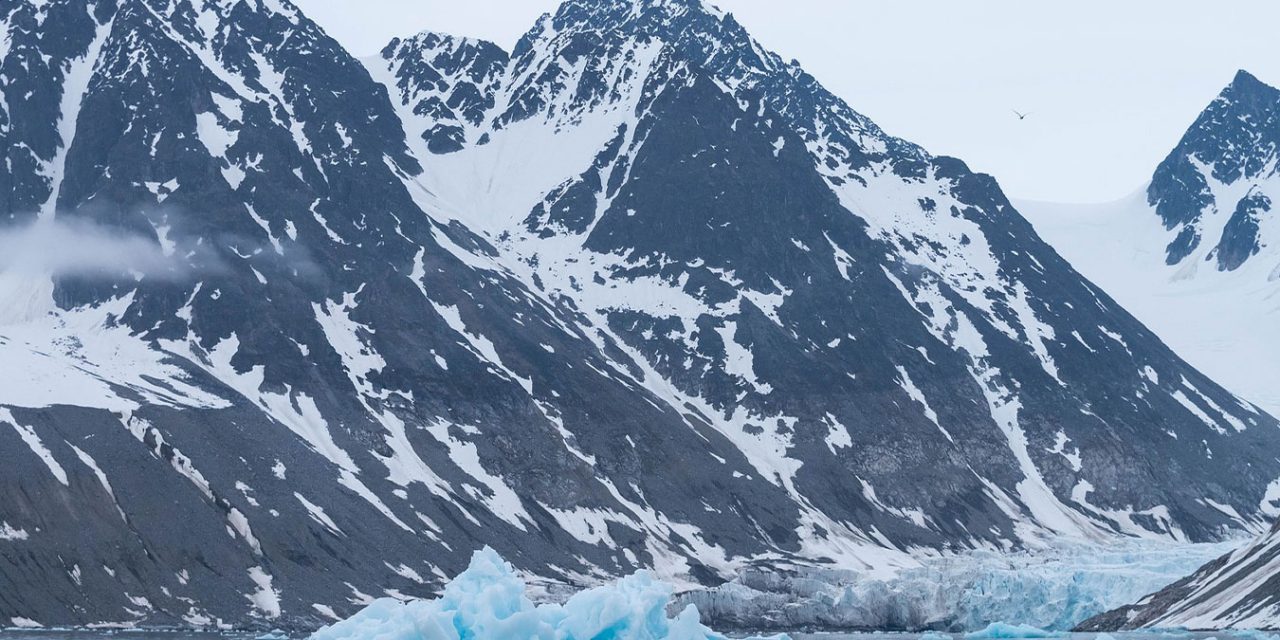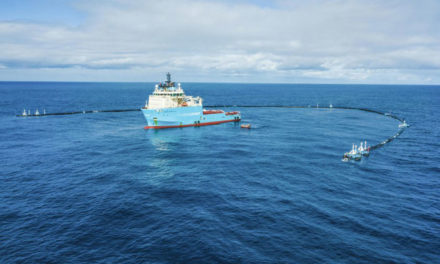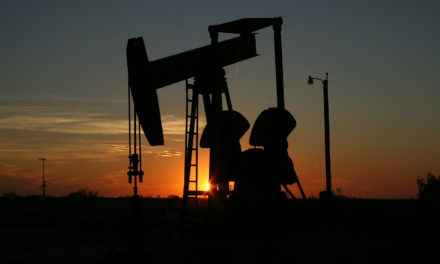It was Cooler in the 90s
Up until recently, snow falling on Antarctica’s glaciers inland balanced the ice loss from icebergs melting and falling into the ocean, but now the glaciers are flowing faster into the sea than snow can replenish them.
The water in the Ocean just in front of glaciers is too hot and therefore causes the underside of the glaciers to melt where they are in contact with the seabed. This melting lessens the grinding effect of friction and the glaciers then slide into the ocean much faster than they normally would.
 Separate research published in January found that ice loss from the entire Antarctic continent, not just the western ice sheet, had increased six times since the 1980s. Melting from West Antarctica has already resulted in a 5mm sea rise since 1992.
“Before we had useful satellite measurements from space, most glaciologists thought the polar ice sheets were pretty isolated from climate change and didn’t change rapidly at all. Now we know that is not true,” said Professor Shepherd.
If the Western Antarctic ice sheet melted completely it would result in a five-meter sea level rise, while the much larger East Antarctic Ice Sheet contains enough ice to raise sea levels by a further 60 metres, meaning most coastal cities would be submerged.
Without a dramatic cut in carbon emissions, melting ice and sea level rises will continue for thousands of years and the earth may reach a point where they are impossible to reverse.]]>
Separate research published in January found that ice loss from the entire Antarctic continent, not just the western ice sheet, had increased six times since the 1980s. Melting from West Antarctica has already resulted in a 5mm sea rise since 1992.
“Before we had useful satellite measurements from space, most glaciologists thought the polar ice sheets were pretty isolated from climate change and didn’t change rapidly at all. Now we know that is not true,” said Professor Shepherd.
If the Western Antarctic ice sheet melted completely it would result in a five-meter sea level rise, while the much larger East Antarctic Ice Sheet contains enough ice to raise sea levels by a further 60 metres, meaning most coastal cities would be submerged.
Without a dramatic cut in carbon emissions, melting ice and sea level rises will continue for thousands of years and the earth may reach a point where they are impossible to reverse.]]>
- Why is California So at Risk from Wildfires? - 13th November 2019
- Carbon Offsetting is Growing but Does it Make a Difference? - 11th November 2019
- Three Confirmed Dead as Australia Prepares for “Catastrophic” Bushfires - 11th November 2019






